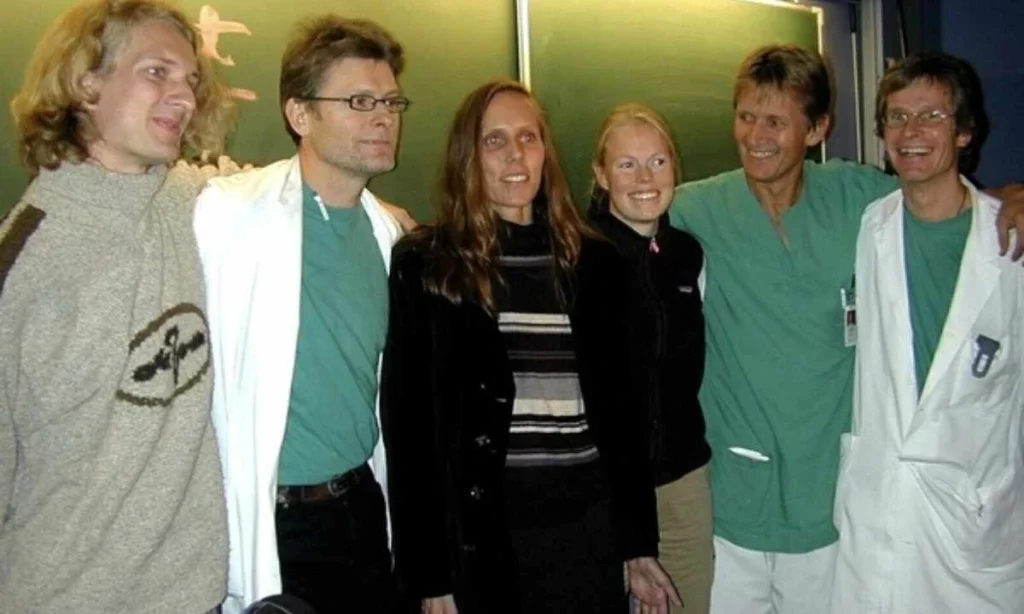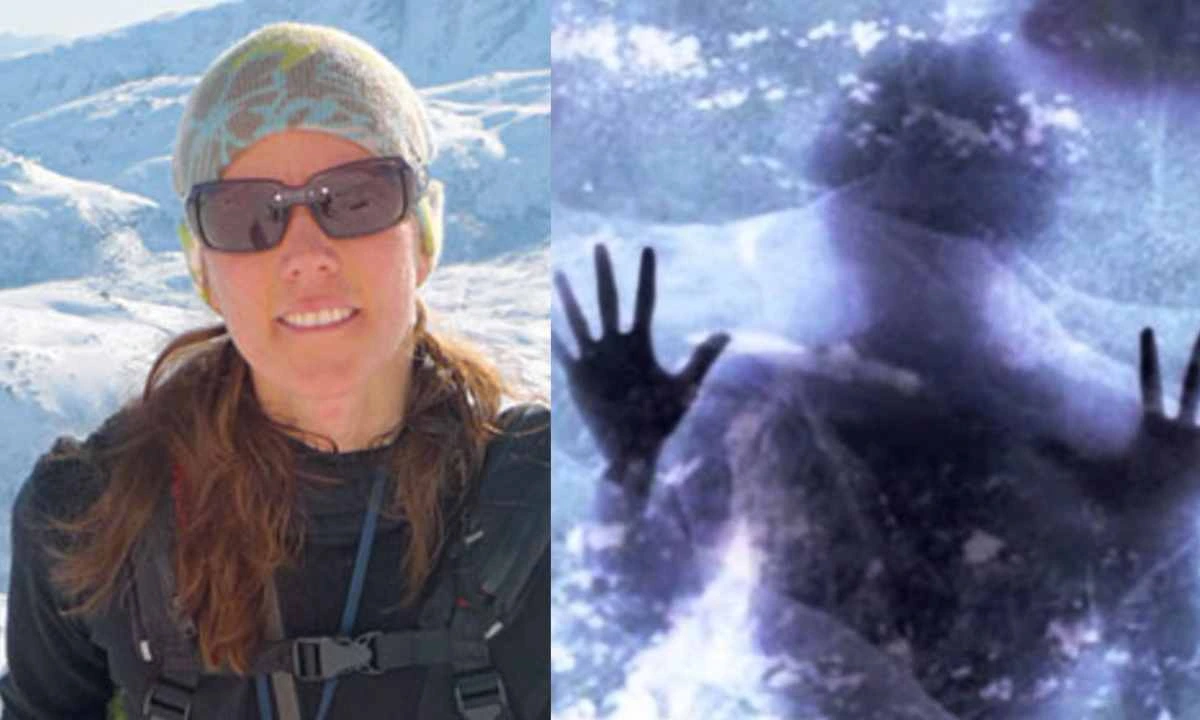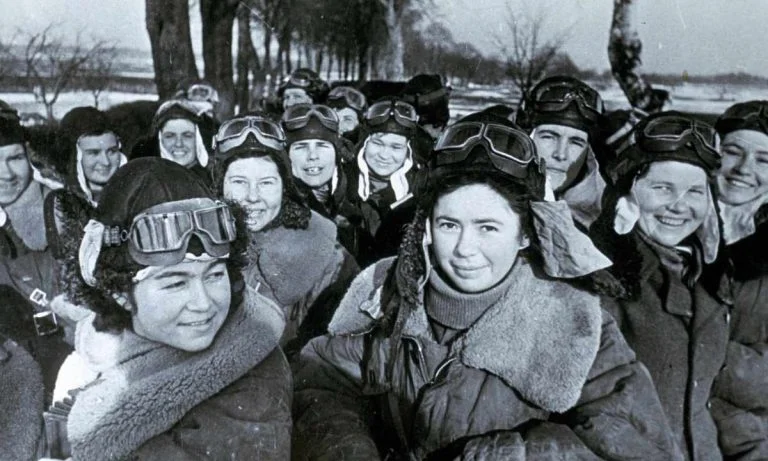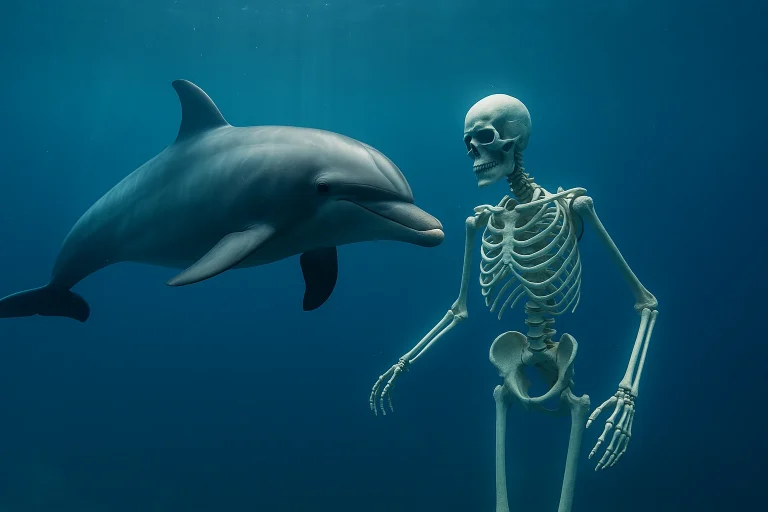This Woman Miraculously Survived Under A Layer Of Ice For 80 Minutes After a Skiing Accident!
In 1999, Anna Bågenholm, a 29-year-old radiologist from Sweden, went on a skiing trip in Norway that nearly ended her life. What started as a routine day on the slopes took a tragic turn when Anna slipped and fell through the ice. Anna found herself trapped under a layer of ice and in freezing water for 80 minutes. Her story defied medical understanding and earned her the nickname “the woman who cheated death.” Today, her case is celebrated as a remarkable example of survival, leading to advancements in medical treatment for hypothermia. Let’s have a look at the details of her survival.
A Routine Ski Trip Gone Terribly Wrong
Anna Bågenholm loved skiing and used it as a way to unwind. In 1998, she started her medical residency in Narvik, Norway, and spent much of her free time exploring the nearby slopes. On May 20, 1999, she joined two colleagues, Marie Falkenberg and Torvind Næsheim, for a day of skiing near Narvik. That day, as she navigated a familiar but steep route, Anna suddenly lost control and skidded down the mountainside. Anna’s fall ended abruptly when she landed on a frozen stream, cracking through the ice and plunging into the freezing water below.
Her body became wedged beneath 20 centimeters (about eight inches) of thick ice, with only her skis and feet sticking out above. Anna’s colleagues immediately tried to pull her out, but the ice was too solid to break, and they couldn’t reach her. All they could do was hold onto her skis and hope for help.

Trapped Under Ice: Fighting for Air and Time
For the first few minutes under the ice, Anna managed to find an air pocket, giving her just enough oxygen to survive. But as time passed, her situation grew more dire. The freezing water rapidly cooled her body, causing her to lose consciousness. After about 40 minutes, her circulation stopped, and she was clinically dead.
Anna’s body temperature eventually dropped to 13.7°C (56.7°F), one of the lowest temperatures ever recorded in a human who survived accidental hypothermia. Paradoxically, it was this extreme hypothermia that would ultimately save her life. The cold drastically slowed her metabolism, reducing her need for oxygen and keeping her brain and organs from deteriorating too quickly. Dr. Mads Gilbert, an anesthesiologist at the hospital that treated Anna, later commented that her state allowed her to survive a prolonged period without oxygen.

The Rescue Operation: Racing Against Time and Cold
When Anna’s colleagues realized they couldn’t free her, they called for emergency help. Police lieutenant Bård Mikalsen coordinated two rescue teams, one to descend from the top of the mountain and another to approach from below. The Bodø rescue team’s Sea King helicopter was dispatched to assist after some convincing from Mikalsen.
At first, the rescuers tried to pull Anna out with ropes, but the ice was too strong. They eventually managed to break through using a pointed gardening shovel, finally pulling Anna from the water 80 minutes after she fell in. Falkenberg and Næsheim, both doctors, immediately started CPR to revive her and continued it as the rescue helicopter transported her to Tromsø University Hospital. The emergency team continued CPR and used a defibrillator, but saw no response.
Resuscitation and Recovery: The Battle for Survival
When Anna arrived at the hospital, she showed no signs of life. Her pupils were dilated, she wasn’t breathing, and her blood wasn’t circulating. Dr. Mads Gilbert led the medical team in attempting a highly complex resuscitation. Gilbert had experience treating hypothermia cases and knew that warming up the patient gradually was crucial. The electrocardiogram showed a flat line, but Dr. Gilbert insisted, “She has completely dilated pupils. She is ashen, flaxen white… absolutely dead,” yet he believed that warming her might bring her back.
Over the next nine hours, more than a hundred doctors and nurses took turns working to stabilize Anna. They connected her to a cardiopulmonary bypass machine, which slowly warmed her blood and recirculated it through her body. By 10:15 pm, her heart showed its first beat, and by 12:49 am, her body temperature was back to normal. Her lung function declined during the night, and she had to remain on a ventilator for the next 35 days.
When Anna finally regained consciousness on May 30, she was paralyzed from the neck down. The initial shock made her question whether she wanted to live, as she worried her life would lack dignity and purpose. She later apologized to her friends for her reaction, saying, “I was very irritated when I realized they had saved me. I feared a meaningless life, without any dignity. Now I am very happy to be alive.”
The Medical Legacy: Advancing Hypothermia Treatment Worldwide
Anna’s survival drew international attention, inspiring changes in how hypothermia cases are treated worldwide. Her case showed that therapeutic hypothermia could preserve life even under the most extreme circumstances. Dr. Gilbert stated that her story underscores the importance of early CPR and rapid rescue coordination, as well as “a spirit not to give up.” In Norway, her story sparked a renewed focus on using hypothermia in emergency treatments. Her case was featured in The Lancet and various medical textbooks, and it remains one of the most studied cases in hypothermia treatment.

Life After Survival
Anna returned to work in October 1999, five months after the accident. On October 7, she visited Tromsø University Hospital to thank the team who saved her life. Reflecting on her survival, Anna remarked, “When you are a patient, you’re not thinking you are going to die. You think I’m going to make it.” Although she recovered almost completely, she still experienced minor nerve issues in her hands and feet. By 2009, she continued to work as a radiologist at the same hospital where she had been saved.
Conclusion
Anna Bågenholm’s story is a testament to the strength of the human spirit and the power of science. From an ordinary ski trip to a groundbreaking medical case, Anna’s journey has left a lasting impact on hypothermia treatment and the medical field. Her survival demonstrates that nature, even in its harshest forms, can sometimes offer unexpected pathways to life. Her case challenges us to consider the resilience of life and the endless possibilities that emerge at the intersection of nature and medicine.
Also read,







